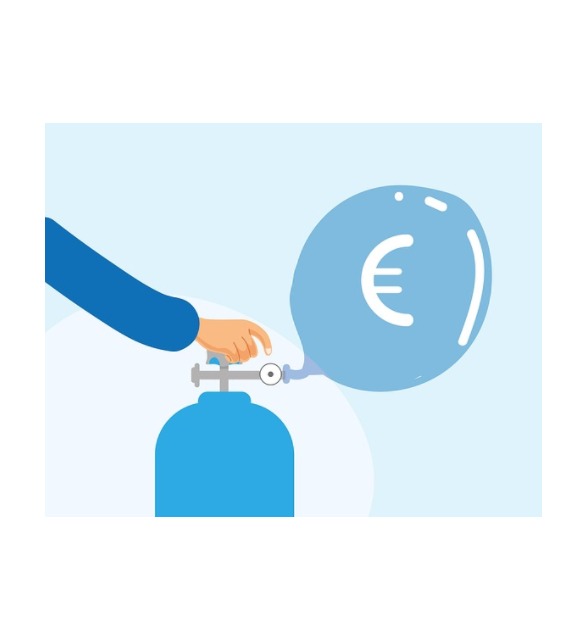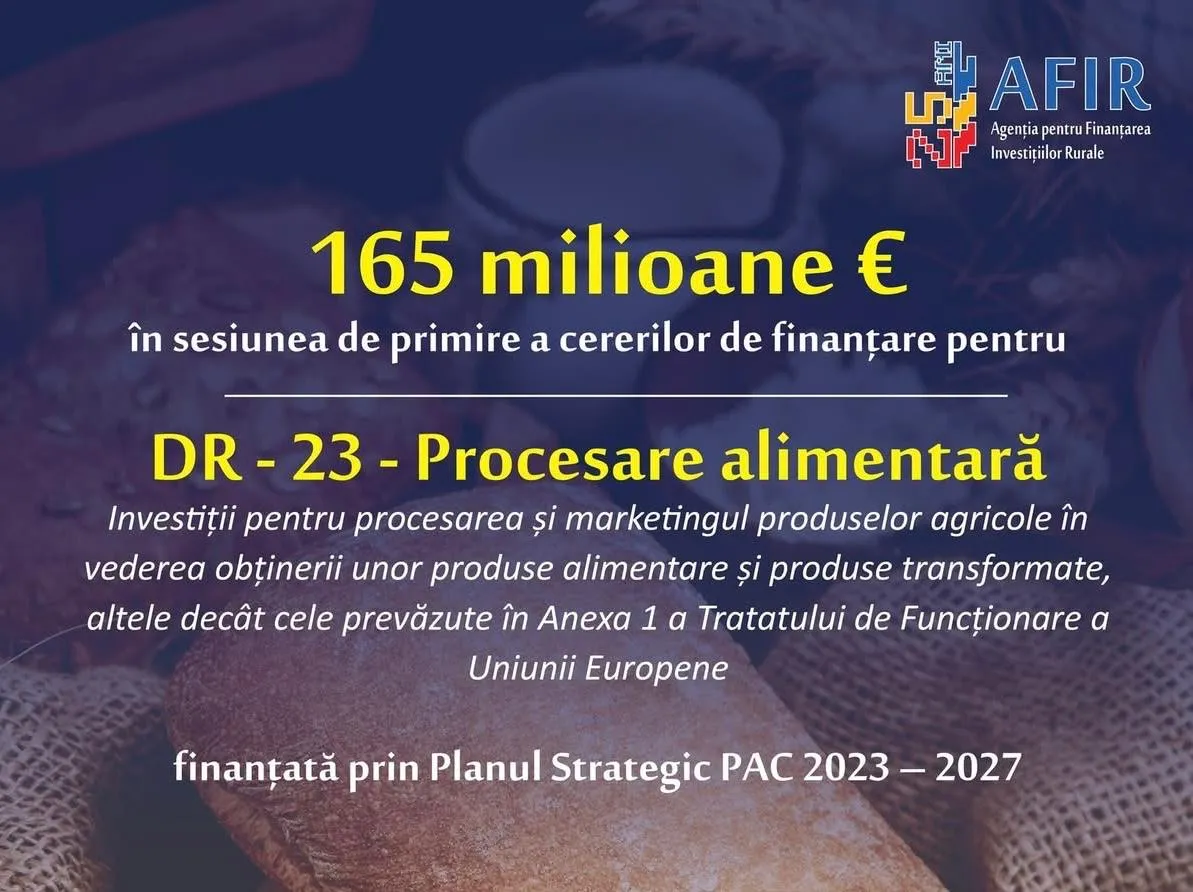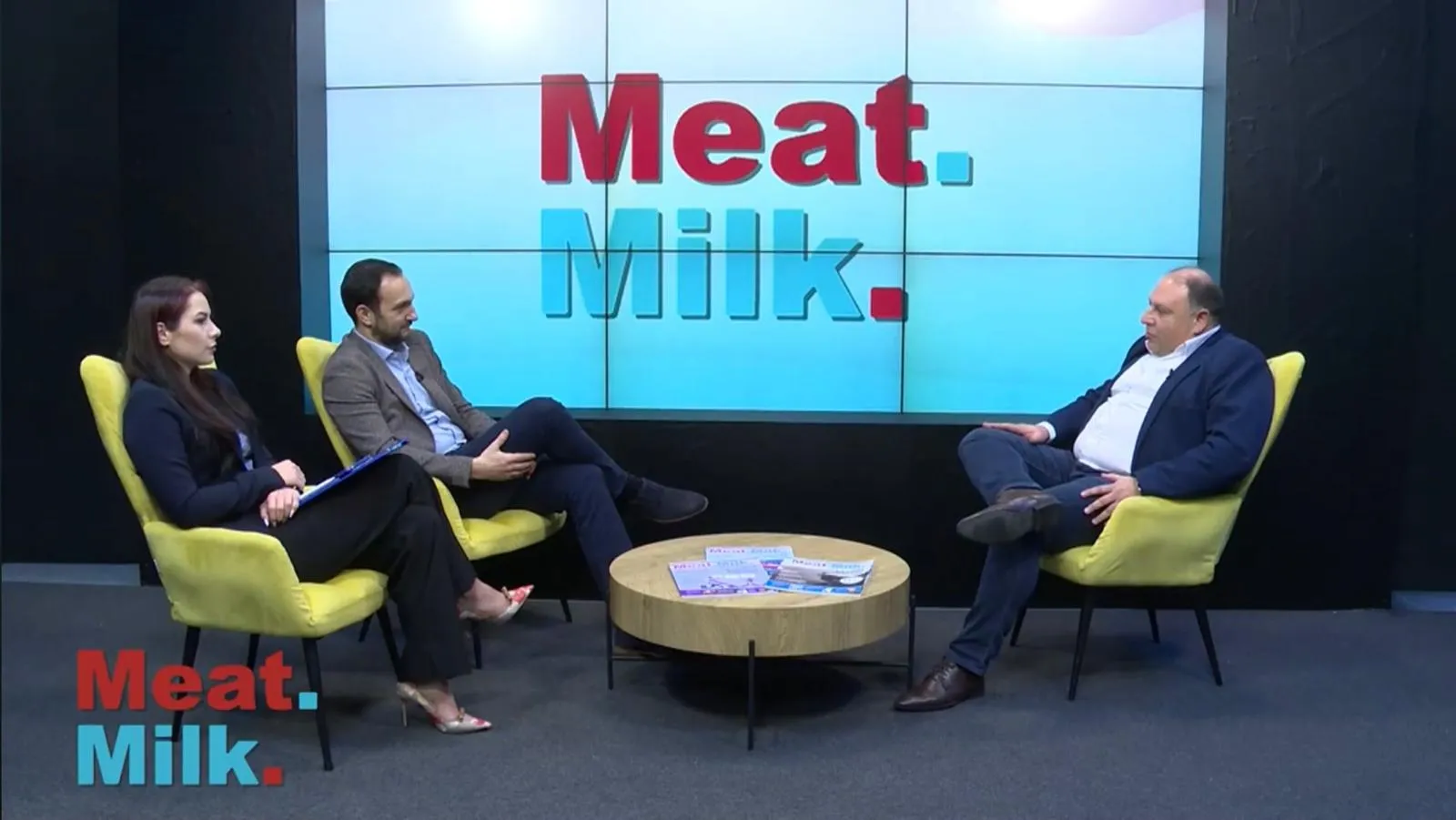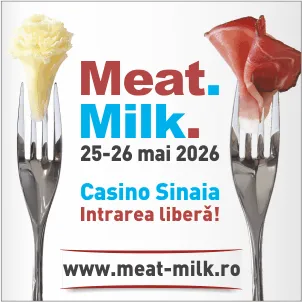594

Introduction
The FAO Food Outlook report (June 2025) shows that the meat price index has risen significantly, reaching a record level. International developments affect both producers and consumers in the European Union and, implicitly, Romania. The increase is driven by beef and sheep meat, while poultry meat has remained relatively stable.
Trends and international factors
Meat prices are influenced by robust global demand, supply constraints in key regions (Latin America, Australia), and pressure from feed and energy costs. Beef and sheep meat are recording the largest increases, while the poultry sector benefits from a more abundant supply. In the medium term (2025–2034), FAO estimates an increase in global meat consumption, but the structure will change: poultry will gain ground, while red meat and pork will reduce their share in diets.
Impact for Romania
Romania remains dependent on imports, especially for pork, where African swine fever has drastically reduced domestic production. The rise in global prices is directly reflected in the cost of imports and in the pressure on local processors. However, the poultry sector has development potential, being aligned with international trends. If investments in farms and processing are supported, Romania can strengthen its position in this segment.
Conclusion
For Romania, the year 2025 confirms a structural vulnerability: the lack of self-sufficiency in pork and beef. At the same time, there are opportunities for consolidation in the poultry segment and in differentiated, value-added products, which can reduce the pressure of import dependence and support regional exports.
(Photo: Pixabay)





